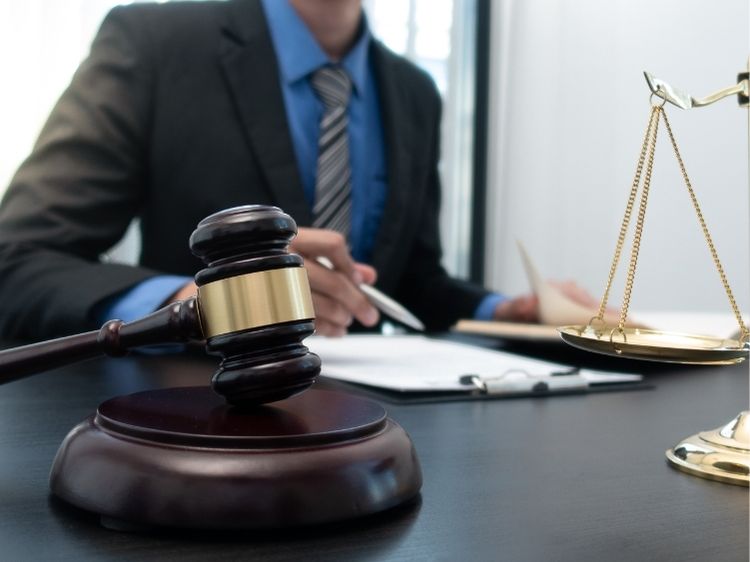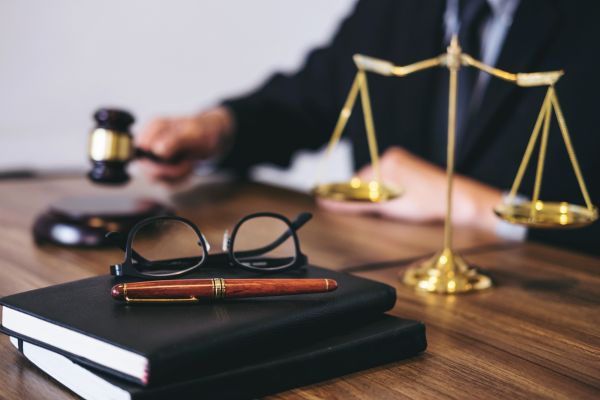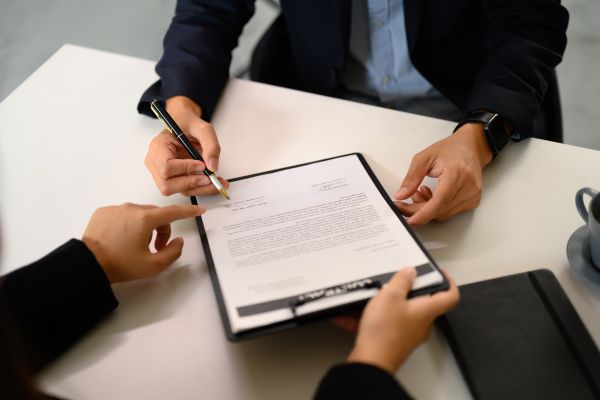Product liability lawsuit settlements can be daunting, especially when you’re unfamiliar with the legal terrain. Have you ever bought a product, only to find out later that it caused harm or injury? You’re not alone. Every year, thousands of individuals file lawsuits against manufacturers for defective products that cause significant harm. In this guide, we’ll dive into the intricate world of product liability, shedding light on how these settlements work, what factors come into play, and what you can expect if you find yourself in such a situation.
What Is a Product Liability Lawsuit?
In simple terms, a product liability lawsuit arises when a consumer sues a manufacturer or retailer for injuries caused by a defective product. It’s not just about faulty gadgets; it could be anything from a malfunctioning car part to a harmful medication.
Here’s the deal: if a product is unsafe or doesn’t work as advertised, and you suffer as a result, you have the right to seek compensation. But the question is—how do you go about it?
Types of Product Defects Leading to Lawsuits
Before diving into settlements, it’s crucial to understand the types of defects that can trigger a product liability lawsuit. These include:
- Design Defects: These occur when the product’s design is inherently flawed. For example, if a car’s braking system fails due to a poor design, this could result in a lawsuit.
- Manufacturing Defects: These happen when the design is sound, but something went wrong during production. Maybe a batch of medication was contaminated or a toy was improperly assembled.
- Marketing Defects: Also known as “failure to warn” defects, these arise when a product lacks proper instructions or warnings about potential dangers.
How Do Product Liability Lawsuit Settlements Work?
So, you’ve identified a defect and suffered damages—what next? Enter settlements. Product liability lawsuits rarely go to trial. Instead, they often end in a settlement, where both parties agree on compensation without the need for court proceedings. Here’s how it typically plays out:
- Filing the Lawsuit: The first step is filing a lawsuit against the responsible party, which could be the manufacturer, distributor, or retailer.
- Investigation and Discovery: Both sides gather evidence. This phase includes depositions, expert testimonies, and examination of the defective product.
- Negotiation: Once both parties have their evidence, settlement talks begin. If the manufacturer feels they could lose at trial, they may offer a settlement.
- Settlement Agreement: If both parties agree, the lawsuit is settled out of court. The consumer receives compensation, and the company avoids the public scrutiny of a trial.
Factors Influencing Settlement Amounts
Now, you might be wondering—how much can you get from a settlement? The amount varies, depending on several factors:
- Severity of Injuries: The more severe your injuries, the higher the settlement. Medical bills, lost wages, and pain and suffering are all considered.
- Defendant’s Liability: If the manufacturer is clearly at fault, they’ll likely offer a larger settlement to avoid trial.
- Strength of Evidence: A well-documented case with solid evidence can lead to higher payouts.
- Number of Claimants: In class-action lawsuits, where multiple plaintiffs are involved, the settlement might be spread across many people, reducing individual compensation.
Real-World Examples of Product Liability Settlements
Let’s take a look at some notable product liability cases to get a sense of how settlements work:
- General Motors (GM) Ignition Switch Recall: GM was forced to recall millions of vehicles due to faulty ignition switches that could cause the car to shut off unexpectedly. The company settled numerous lawsuits, with individual settlements ranging from thousands to millions of dollars, depending on the injuries involved.
- Talcum Powder Cases: Johnson & Johnson faced multiple lawsuits claiming that their talcum powder products caused ovarian cancer. In some cases, settlements exceeded billions of dollars.
These cases illustrate the vast differences in settlement amounts, emphasizing the role of severity and evidence.
Steps to Take When Filing a Product Liability Lawsuit
If you’re considering filing a product liability lawsuit, here’s a step-by-step guide to help you navigate the process:
- Preserve the Product: First and foremost, keep the defective product intact. It will serve as crucial evidence in your case.
- Document Your Injuries: Keep records of medical bills, lost wages, and any other expenses related to your injury. The more documentation, the stronger your case.
- Consult an Attorney: Product liability cases can be complicated, so it’s wise to consult with an experienced attorney who specializes in this area. They can guide you through the process and increase your chances of a favorable settlement.
- File the Claim: Your attorney will file the lawsuit, laying out the damages and the responsible parties.
- Prepare for Negotiation: Most cases will never see a courtroom. Be prepared to negotiate and settle out of court.
FAQs About Product Liability Lawsuit Settlements
- How long does it take to reach a settlement in a product liability case?
The timeline varies. Some cases are resolved in a few months, while others can take years, especially if there’s a lot of evidence to gather.
- Do I need a lawyer to file a product liability lawsuit?
While you can technically file on your own, it’s highly recommended to hire an attorney. Product liability cases are complex, and having expert legal guidance can significantly boost your chances of a favorable outcome.
- Can I join a class-action lawsuit if I’ve been harmed by a defective product?
Yes, if multiple people have been harmed by the same product, you may be able to join a class-action lawsuit. This can be beneficial as it spreads the legal costs across many plaintiffs, but it might also reduce the compensation you receive.
- What types of damages can I claim in a product liability lawsuit?
You can claim compensation for medical expenses, lost wages, pain and suffering, and, in some cases, punitive damages.
- Are there time limits for filing a product liability lawsuit?
Yes, each state has a statute of limitations, which means there’s a limited window in which you can file a lawsuit. It’s essential to act quickly.
Conclusion
Product liability lawsuit settlements are no walk in the park, but understanding the process can make it less overwhelming. From identifying a defect to negotiating a settlement, the journey can be long and complex. However, with the right legal guidance and a clear understanding of the process, you can seek justice and compensation for your injuries.
If you’re considering filing a product liability lawsuit, remember to preserve evidence, document everything, and consult with an attorney as soon as possible. Settlements can vary widely, but with a strong case, you can achieve a favorable outcome.



